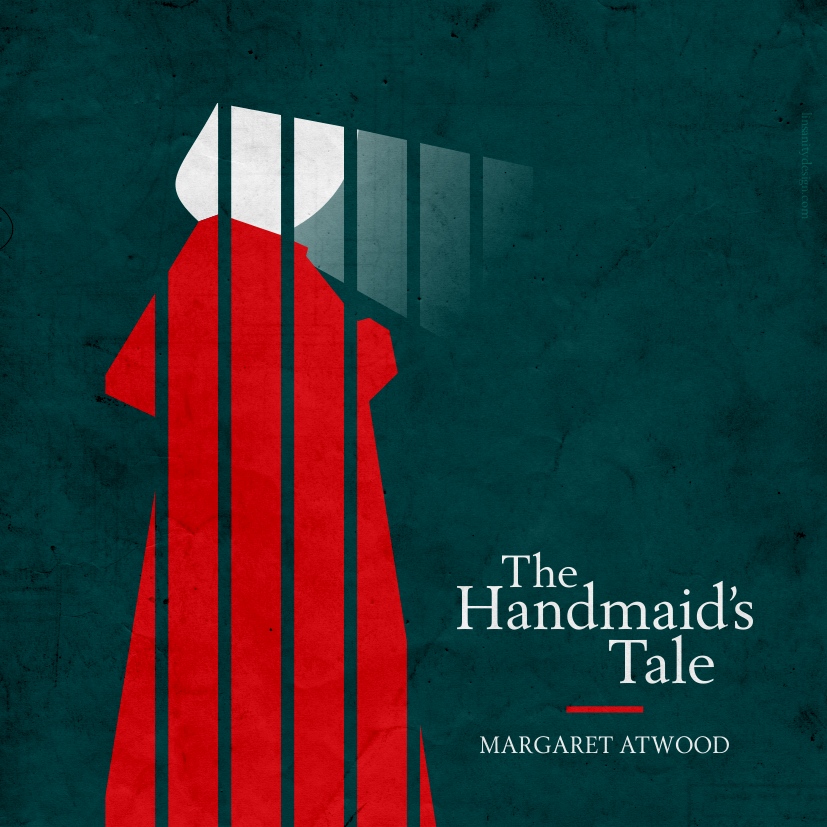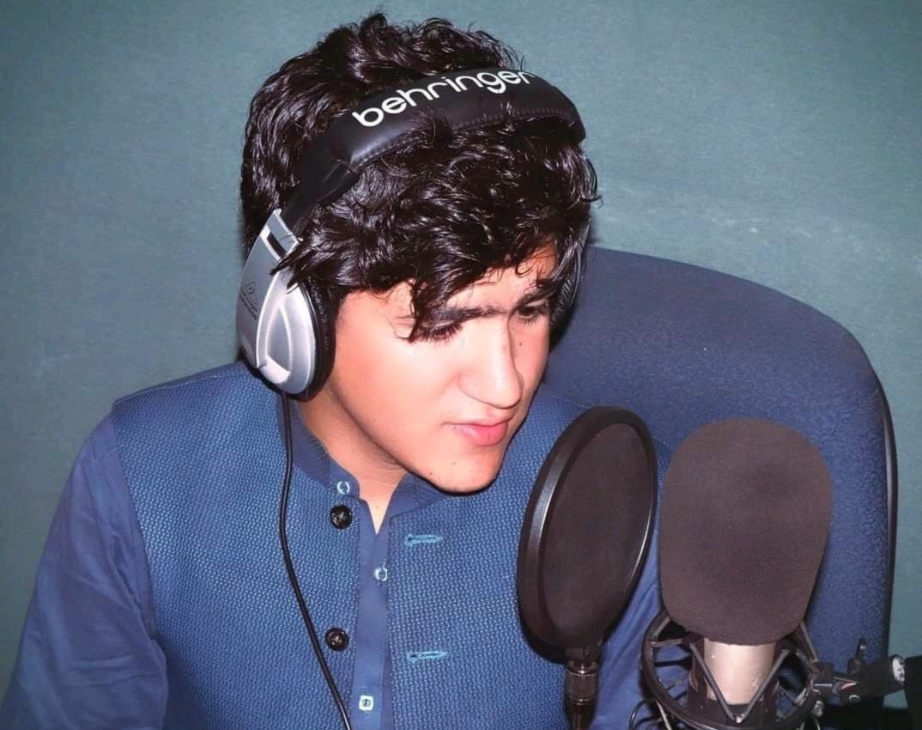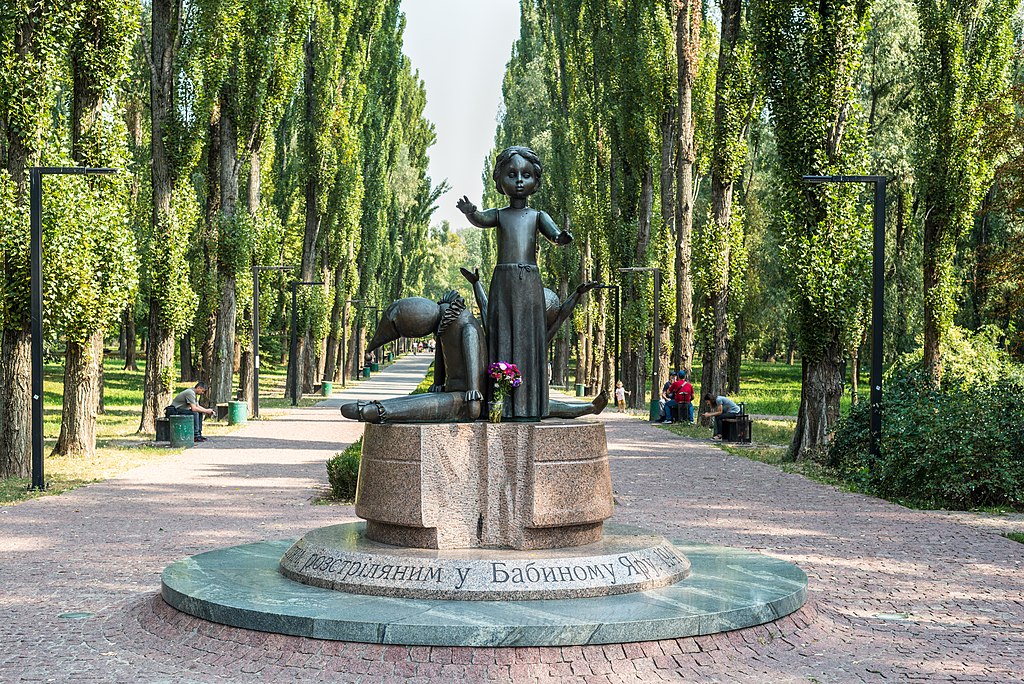Five per cent of UK broadband connections have not signed up to the Internet Watch Foundation’s (IWF) system for blocking images of child pornography, despite the government’s call for all Internet Service Providers to block access to illegal websites by the end of 2007. The Children’s Charities Coalition on Internet Security (CCCIS) is now calling for government action; in other words, legislation. Over 700,000 households, they claim, could potentially get ‘uninterrupted and easy access to illegal child abuse image sites’. The NSPCC has added the alarming caution ‘this loophole helps feed the appalling trade in images featuring real children being seriously sexually assaulted’.
The truth is though, as the IWF itself acknowledges, that blocking these images is not directed at the paedophiles who commit the abuse or those who routinely view them – and will have no impact on them. It is not aimed at controlling the child pornography trade. It is aimed at the casual Internet user.
John Carr, spokesman for the CCCIS, told Index on Censorship ‘this type of blocking will not stop technically literate and determined persons from accessing materials’. Rather, Carr added, it will stop someone who might go into their study drunk one night to see if it’s possible to view such material. The implication here surely, as in many forms of censorship, is that somehow we need to be protected from ourselves; it has nothing to do, in fact, with defeating ‘the appalling trade in images’ of abuse, as the NSPCC claims.
The major ISPs set up the Internet Watch Foundation in 1996, as an answer to growing government and police pressure to restrict access to paedophile newsgroups. But the industry’s self-regulation is always prey to periodic threats of legislation and calls of alarm from lobby groups. Some of the ISPs who have not cooperated with the IWF claim that the cost of signing up is prohibitive and that they have their doubts that the system is effective.
As emerged following the outcry last year, when the IWF banned the Scorpions’ Virgin Killers album cover on Wikipedia, defining what constitutes child pornography and indecent images is not always straightforward. Some of the ISPs’ concerns about the effectiveness of the IWF’s system may certainly be justified. Blocking material is not a science: neither in the selection of the material to be blocked, nor in the process itself.
Yet such is the understandable alarm and concern around child pornography, and so great is the taboo, that it is almost impossible to have a reasonable discussion on the subject. Instead, cleaning up the Internet for the casual browser is conflated with defeating the evils of the trade in child pornography. Anyone who resists or questions censorship, risks being seen as a supporter of child abuse, when in fact there are clearly legitimate concerns about the medium, the method and the target audience.




